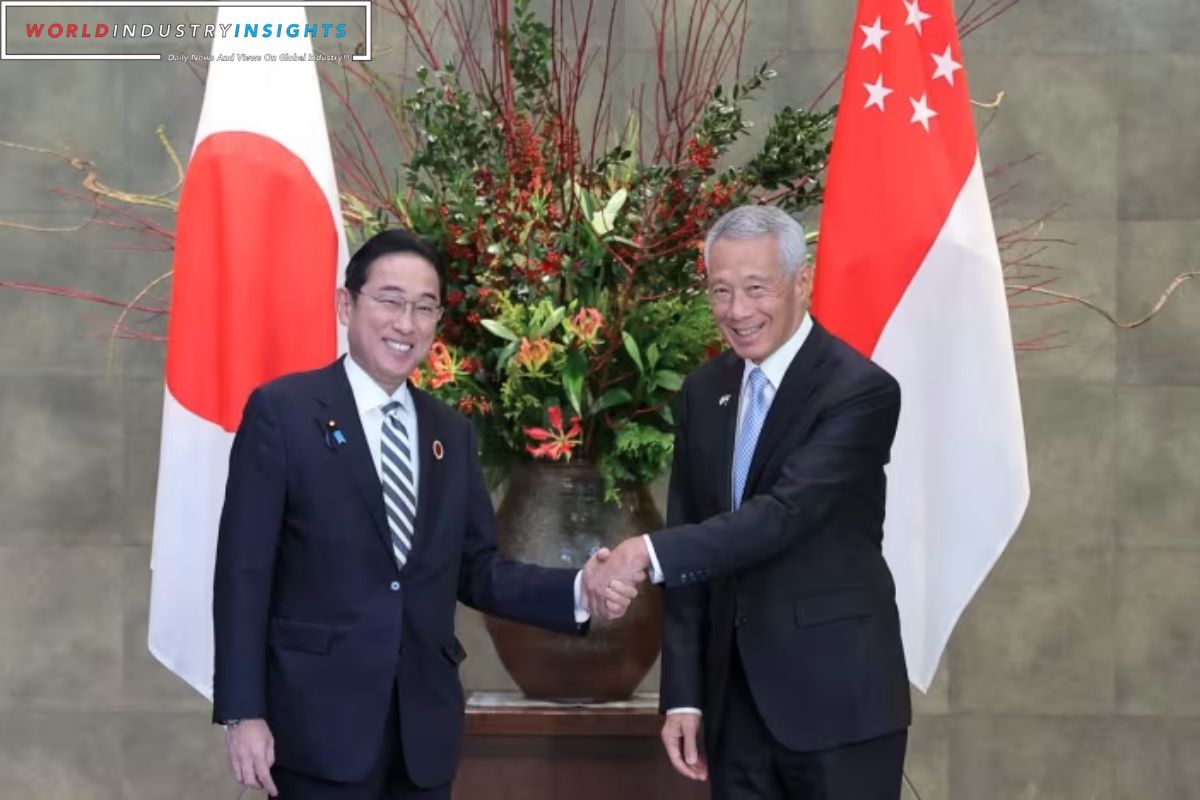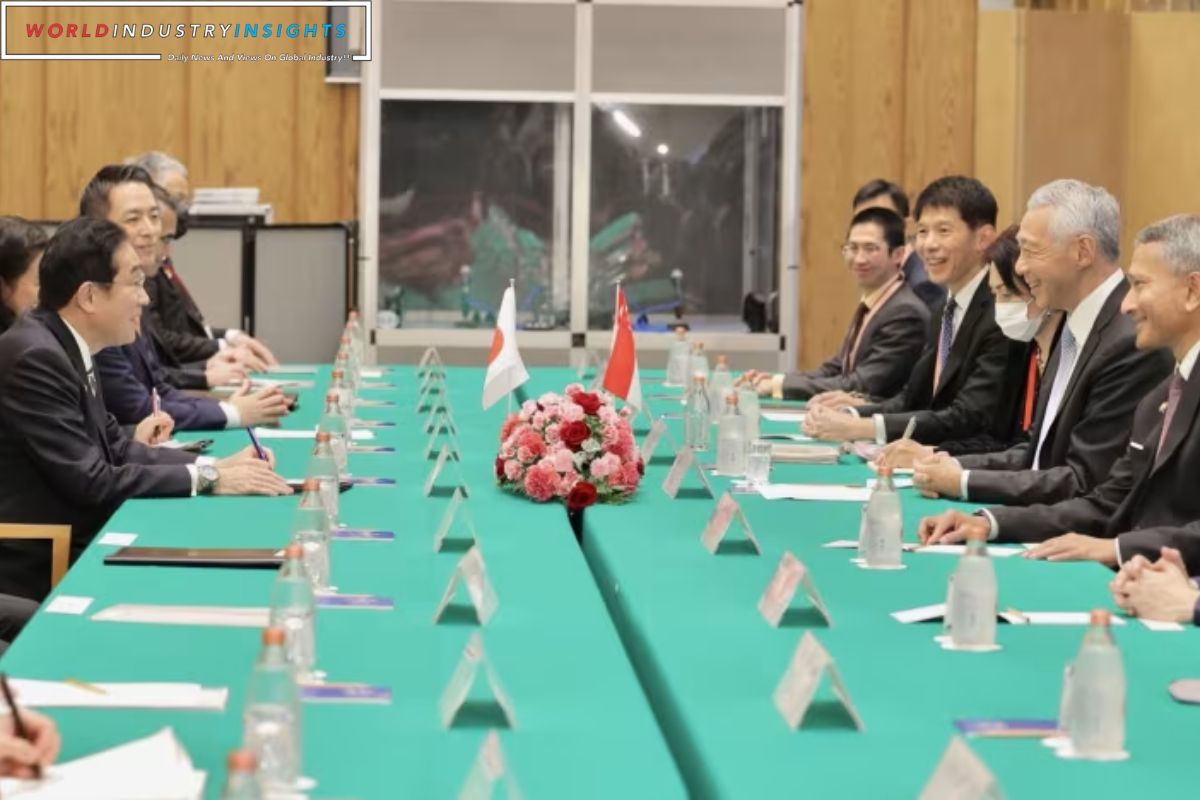Singapore and Japan Forge Green: In a visionary move aimed at transforming the maritime industry, Singapore and Japan have inked a memorandum of cooperation to establish a groundbreaking green and digital shipping corridor. Prime Minister Lee Hsien Loong, currently in Tokyo for the ASEAN-Japan Commemorative Summit, met with his Japanese counterpart, Fumio Kishida, to herald the historic agreement.
The corridor is set to foster the adoption of digital solutions and promote the use of zero and near-zero emission fuels through innovative demonstration projects. Acting Transport Minister Chee Hong Tat of Singapore and Japan’s Minister of Land, Infrastructure, Transport and Tourism, Saito Tetsuo, sealed the deal, marking the first of its kind between the two nations.
The collaboration envisions the Maritime and Port Authority of Singapore (MPA) working hand in hand with six strategic Japanese ports, including Tokyo, Yokohama, Kawasaki, Osaka, Kobe, and Nagoya. These ports play a pivotal role in Japan’s major economic regions, handling a substantial cargo total of approximately 57 million tonnes in 2020.
Key objectives of the green and digital shipping corridor include pilot projects and trials for alternative marine fuels like ammonia and hydrogen. The partnership will also focus on developing bunkering infrastructure, setting standards, and providing training to accelerate the adoption of eco-friendly technologies in port infrastructure.
Also Read: Curtailing China Tech Ascent: US Regulatory Power Flexes Over Critical Equipment
Prime Ministers Lee and Kishida reaffirmed the enduring and exceptional relations between Singapore and Japan. The upgraded ASEAN-Japan relations to a Comprehensive Strategic Partnership earlier this year were hailed as a significant milestone, providing a robust foundation for both nations to tackle shared challenges and explore new opportunities.
The leaders expressed anticipation for the upcoming celebration of 60 years of diplomatic relations between Singapore and Japan in 2026. They exchanged views on regional and international developments, underscoring the importance of upholding a rules-based international order and adhering to the principles of the United Nations Charter.
The green and digital shipping corridor is poised to be a trailblazer in setting standards and best practices for the decarbonisation, digitalisation, and overall growth of the maritime industry. As both nations join forces in embracing sustainable practices and cutting-edge technology, the corridor promises to be a beacon of innovation and a testament to the power of international collaboration in shaping the future of shipping.
Our Reader’s Queries
Why did Japan surrender Singapore?
With their supplies dwindling, the Japanese were eager to avoid the expense of house-to-house combat. Yamashita made a second demand for unconditional surrender, and on February 15th, Percival finally gave in.
What do you think made Singapore an important military target for the Japanese?
Singapore, once deemed impregnable by the British due to its robust seaward defenses, fell to the Japanese with surprising ease. The enemy forces advanced through the Malay Peninsula and attacked the base’s landward side, which the British had left poorly guarded. As a result, Singapore, which had been a major British stronghold in the Pacific, was lost to the enemy.


